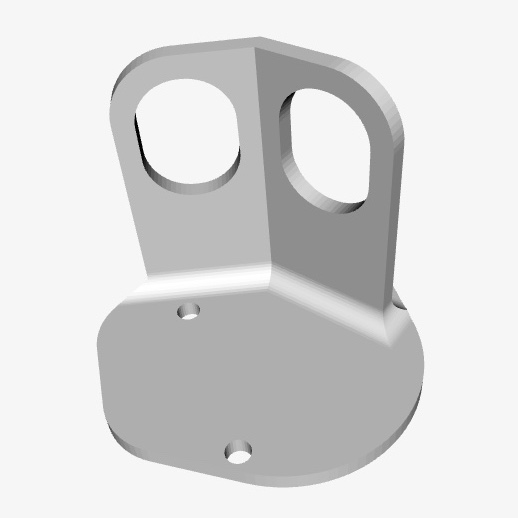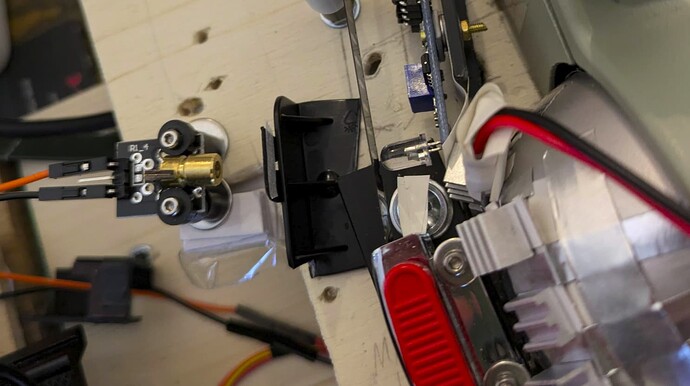This has been brought up a couple times in other threads, but I think it was never properly discussed.
Specifically, @matthewepler mentions here that a laser worked well, until he came across some clear film, @johnarthurkelly uses a laser (at an angle) on his 8mm build which seems to work rather well, and @VitalSparks proposes a very cool concept of reflecting the laser off of the film rather than going through it, effectively working around the issue of clear film.
Now, the other day, I was putting together a shutter speed tester using an Arduino, this simple laser diode module, and this simple sensor module. They couldn’t have worked better, which led me to circle back around to the idea of using a laser for frame registration. I ended up testing these components on some 8mm film with less than ideal results. As of now, I’m not quite sure what I’m doing wrong.
Here is a list of the issues I found:
- The cross-section of the laser beam is quite a bit larger than a Super 8 sprocket hole. I think @johnarthurkelly fixed this using a pinhole, though.
- Despite my test film being black, the laser went right through as if it had been entirely transparent.
- I wasn’t able to get the laser to reflect off of the celluloid, either. Again, it went right through mostly unaltered.
I really like the general idea of using a laser because of its simplicity, its very good on the film, and in my particular case would allow for much easier switching of film types (standard 8 and super 8).
Maybe you guys have some input or experience on how to get this to work, what I’m doing wrong, or possibly even why lasers are a terrible idea and anyone thinking about them is better off pursuing a different approach to frame registration.

 )
)
